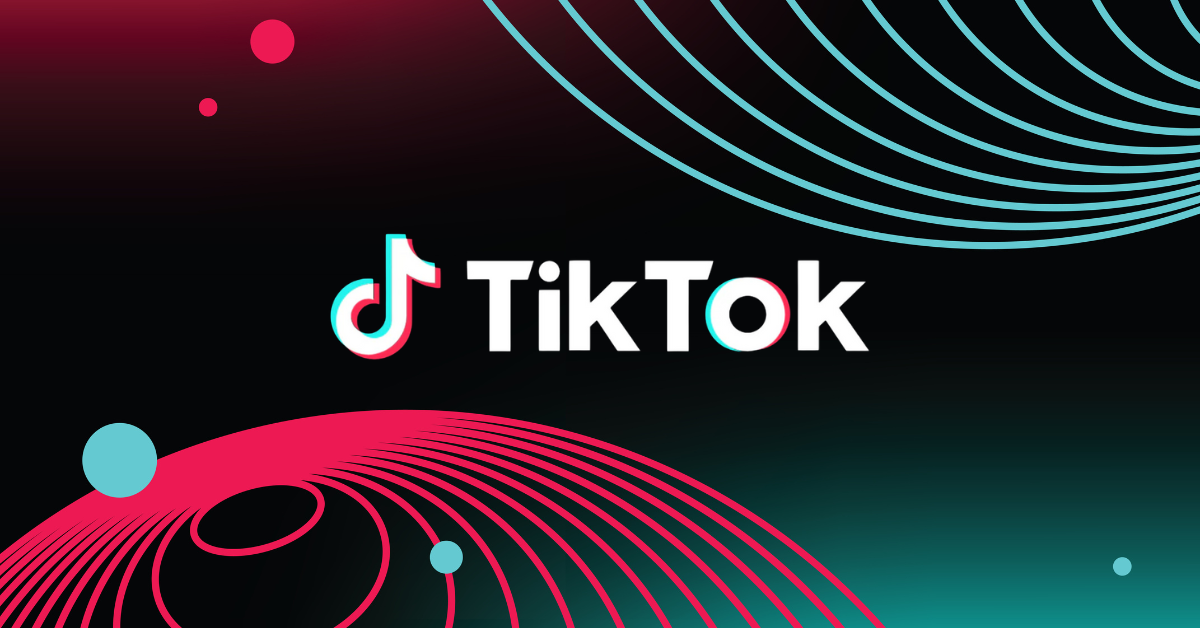Mastering LinkedIn Content: Essential Do’s, Don’ts, and Best Practices for 2025
LinkedIn is more than just a professional network—it’s a platform for connection, learning, and growth. With over 930 million members worldwide, LinkedIn provides a unique opportunity for professionals and brands to share insights, spark conversations, and build relationships. But not all content performs equally well on LinkedIn. To stand out and grow your presence, it’s essential to know what works—and what doesn’t.
At Amber 90, we specialize in helping brands and professionals craft LinkedIn strategies that deliver results. Here’s everything you need to know about LinkedIn’s content best practices to maximize your impact in 2025.
Why LinkedIn is Different from Other Platforms
Unlike other social media platforms, LinkedIn thrives on professional context. It’s where people come to connect with peers, learn about industry trends, and find actionable advice to advance their careers.
What Sets LinkedIn Apart?
- Professional Focus: LinkedIn prioritizes content that educates, inspires, or fosters meaningful business discussions.
- Community Values: Members value high-quality, professional content that sparks insights and conversations.
- Growing Engagement: Immersive video views on LinkedIn have increased by 6x quarter-over-quarter, while total video viewership is up 36% year-over-year.
To succeed on LinkedIn, your content must align with its professional ethos while standing out in a crowded feed.
LinkedIn Content Do’s: How to Build Your Professional Brand
1. Share Original Insights
Your unique perspective is your biggest asset on LinkedIn. Share lessons learned, industry trends, or actionable advice that adds value to your network.
- Example: “Here’s how [industry trend] is shaping the future of [your field]. Here’s what you need to know to stay ahead.”
2. Focus on Value
LinkedIn content that provides clear takeaways resonates most. Pair product updates or promotions with tips or insights that help your audience.
- Tip: Frame your product as part of a broader solution. For example, “Our new tool saves 3 hours per week—here’s how it can streamline your workflow.”
3. Engage with Your Network
Encourage thoughtful discussions by asking open-ended questions or sharing relatable scenarios.
- Example: “What’s your biggest challenge in [specific field], and how are you addressing it? Let’s share strategies.”
4. Leverage Analytics
Use LinkedIn Analytics to identify high-performing posts and understand what resonates with your audience. Adjust your strategy based on data insights.
LinkedIn Content Don’ts: What to Avoid
1. Engagement Bait
Avoid posts that explicitly ask for likes, comments, or shares without adding value. These posts might temporarily boost visibility but fail to foster meaningful engagement.
- Example to Avoid: “Like if you agree!”
2. Overly Promotional Content
LinkedIn members dislike posts that focus solely on selling. Combine promotional content with actionable advice or industry knowledge.
- Tip: Instead of “Buy our product now,” try “Here’s how our product solves [specific problem] in [industry].”
3. Irrelevant or Off-Topic Content
Avoid posting about personal matters or unrelated topics unless you can tie them back to professional insights.
- Example to Avoid: Sharing what you had for dinner without any professional context.
4. Unoriginal or Copied Content
Simply reposting someone else’s content without adding your own perspective won’t resonate with your audience. Add your insights or explain why the content is valuable.
Avoiding Content That Erodes LinkedIn’s Professional Nature
LinkedIn’s algorithm penalizes content that detracts from the platform’s professional tone.
Negative or Unconstructive Content
LinkedIn discourages posts that:
- Dismiss: Shut down others’ opinions or perspectives.
- Mock: Make fun of individuals or groups.
- Provoke: Use exaggeration or inflammatory language to create fear or arguments.
Sensitive Topics
Avoid unsettling content, such as images of injuries or death, even if non-graphic. While LinkedIn supports diverse conversations, the tone must remain professional and respectful.
Maximizing Your LinkedIn Strategy in 2025
1. Embrace Video
Video is LinkedIn’s fastest-growing content format. Use short, immersive videos to share insights, tell stories, or demonstrate products.
- Tip: Add subtitles to make your videos accessible and engaging.
2. Maintain Consistency
Develop a cohesive professional brand with consistent visuals, tone, and messaging across all posts.
3. Leverage LinkedIn’s Tools
Use LinkedIn’s creation microsite for resources on crafting engaging content and growing your platform.
4. Experiment and Adapt
Test different types of content, track performance with analytics, and refine your strategy based on what works best.
Conclusion: Build Your Professional Brand on LinkedIn
LinkedIn thrives on content that educates, inspires, and connects. By following these do’s and don’ts, you can align with LinkedIn’s professional standards while building your network and maximizing your influence in 2025.
Ready to elevate your LinkedIn strategy?
- Explore LinkedIn’s content tools to get started.
- Partner with Amber 90 for tailored LinkedIn marketing solutions that deliver results.
Let’s make your professional network stronger than ever.










